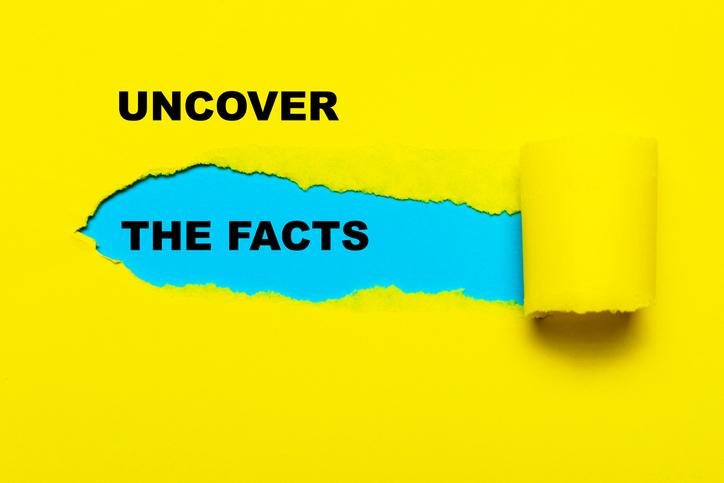Each year, the FAFSA becomes available on October 1, and students and their parents are urged to file an application if they hope to qualify for financial aid. However, each year, a pretty large percentage of FAFSA applications go unfiled, and the most recent data revealed that 24% of eligible students did not file the FAFSA. There are a variety of reasons this is the case, and the National Center for Education Statistics (NCES) is able to identify why.
Yet, with a little “truth talk” to each of these points, students may find that it’s in their best interest to file the FAFSA anyway. Take a look:
1. According to the NCES, 33% of students believe that they can afford college without financial aid.
This reasoning assumes that filling out the FAFSA will only result in a financial aid package of loans when qualifying for grants (which is free money) is always a possibility. Most federal and state grants require that applicants file the FAFSA in order to redeem the funds for college. Also, keep in mind that filing the FAFSA does not require you to keep some or all of the financial aid offered.
2. Additionally, 32% believe they would be ineligible for financial aid anyway.
While that could definitely be the case, you truly never know whether or not you may qualify for financial aid. Plus, there are factors that can change financial aid eligibility, like multiple students from the same household in college at once.
Another thing to consider is that financial circumstances can change so easily throughout the year. Job loss or a family member’s illness or death can affect financial aid eligibility, and it makes the process of checking for financial aid easier that much easier when the FAFSA is already on file.
3. When it came to financial aid, 28% did not want to take on debt.
As mentioned above, filling out the FAFSA does not require you to take whatever financial aid is offer. You can accept your package – or reject it. You can also accept certain types of aid – and reject others.
If you do not want to take on debt to attend college, inform your school that you will not take the loans offered in your financial aid package.
4. Sadly, 23% did not have enough information about how to complete the FAFSA.
There are many, many resources out there about how to fill out the FAFSA but students and their parents may not know what they are or where to look for them. Fastweb provides expert advice on how to fill out the FAFSA, websites like Federal Student Aid provide financial aid estimation calculators, and there are plenty of helpful tips on the FAFSA application itself.
Students can also look to their counselors in high school as well as financial aid officers at colleges they plan to attend. These individuals are invaluable in providing one-on-one help with the FAFSA.
Finally, many communities host FAFSA help events, like College Goal Sunday, which is a free event held once a year in a community space that enables students and their parents to meet with a counselor in order to fill out the form together. The end goal is to help as many families as possible complete the FAFSA for college.
5. Lastly, 15% did not know they could complete the FAFSA, and 9% thought the forms were too much work or too time-consuming.
Yes, at first glance, the FAFSA can seem daunting and overwhelming; but if you are prepared with the right materials and dedicate some time to filling it out, it can actually be a pretty smooth process. For starters, here is what you need on hand to complete the form: FAFSA Checklist.
Secondly, the FAFSA is much easier to use than it has been in the past. The application now enables you to skip questions that don’t apply to you, features an IRS tool that auto-populates past tax information for you and allows you to access your application on-the-go via the FAFSA app.
Essentially, it’s easier today than it has ever been, and legislators are always brainstorming ways to make the application even simpler.
Finally, it has to be a priority for your family. Yes, everyone is incredibly busy these days, but we’re talking about paying for college here. Every dollar counts. Don’t fall for the myths that you won’t qualify for aid or that it takes too long to complete.
Make time for the FAFSA application and turn it in by your state's deadline; it could pay off – quite literally.
Debunking the FAFSA: Why Everyone Should Fill It Out

Get the facts and start filing your application for financial aid.